 Poor Farm Cemetery
Poor Farm Cemetery
Entry Category: Historic Preservation
 Poor Farm Cemetery
Poor Farm Cemetery
Pope County Historical Association
 Ralph Porter
Ralph Porter
Poteau Work Center
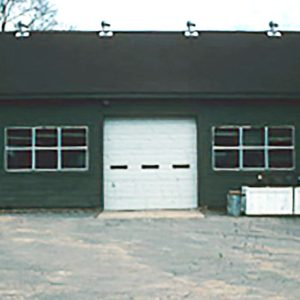 Poteau Work Center
Poteau Work Center
 Potts Inn Museum
Potts Inn Museum
 Potts Inn Sign
Potts Inn Sign
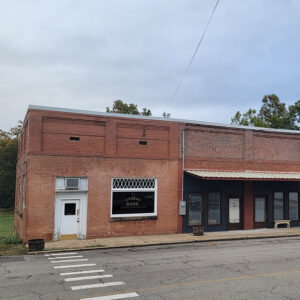 Pottsville Citizens Bank
Pottsville Citizens Bank
Pottsville Citizens Bank
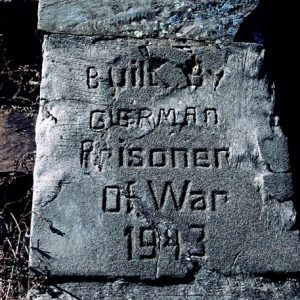 POW Stone
POW Stone
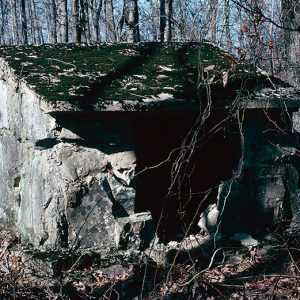 Powder Magazine
Powder Magazine
Powder Magazine (Scott County)
 Powhatan Courthouse
Powhatan Courthouse
Powhatan Courthouse
Powhatan Historic State Park
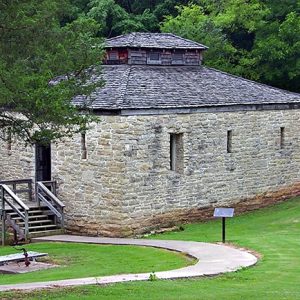 Powhatan Jail
Powhatan Jail
Powhatan Jail
 Powhatan Male and Female Academy
Powhatan Male and Female Academy
Powhatan Male and Female Academy
aka: Powhatan School House
Powhatan Methodist Church
Prairie County Courthouse, Northern District
Prairie County Courthouse, Southern District
Prairie Grove Airlight Outdoor Telephone Booth
 Prairie Grove Battlefield Memorial Foundation
Prairie Grove Battlefield Memorial Foundation
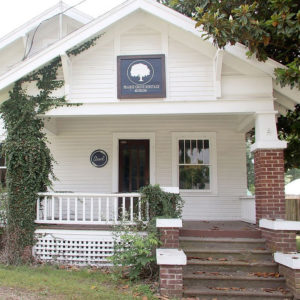 Prairie Grove Heritage Museum
Prairie Grove Heritage Museum
Prairie Grove Historical Society
 Presbyterian Village
Presbyterian Village
Presbyterian Village
 Presbyterian Village Entrance
Presbyterian Village Entrance
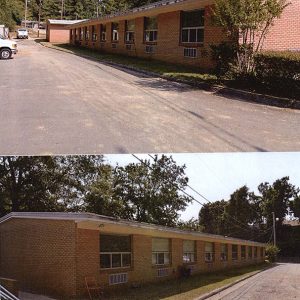 Presbyterian Village Housing
Presbyterian Village Housing
Prescott City Jail
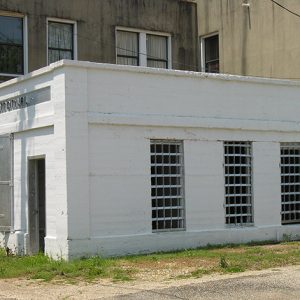 Prescott City Jail
Prescott City Jail
Prescott Commercial Historic District
Preserve Arkansas
aka: Historic Preservation Alliance of Arkansas
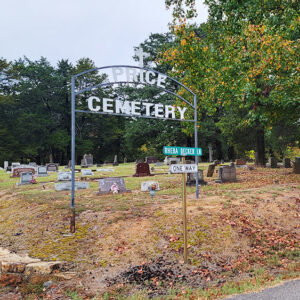 Price Cemetery
Price Cemetery
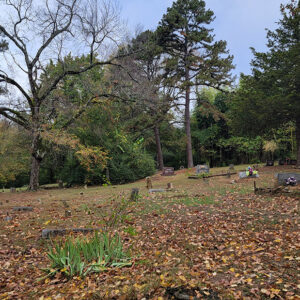 Price Cemetery
Price Cemetery
Price Produce and Filling Station
 Produce Warehouse Rear View
Produce Warehouse Rear View
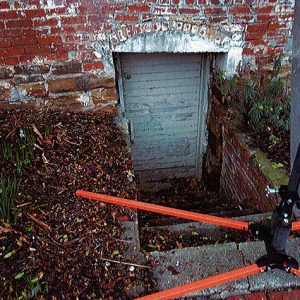 Produce Warehouse Side Entrance
Produce Warehouse Side Entrance
Pulaski County Courthouse
Pulaski County Historical Society
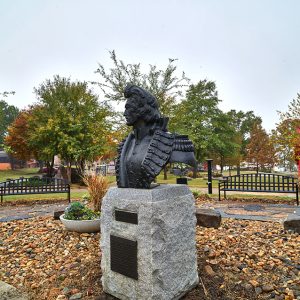 Casimir Pulaski Bust
Casimir Pulaski Bust
Pyeatte-Mason Cemetery
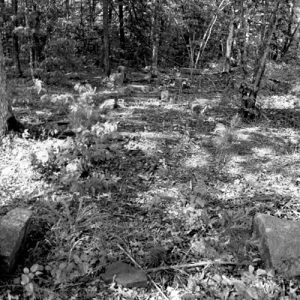 Pyeatte-Mason Cemetery
Pyeatte-Mason Cemetery
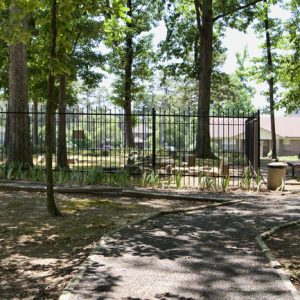 Pyeatte-Mason Historical Cemetery
Pyeatte-Mason Historical Cemetery
Pyramid Place
aka: Southern Trust Building
Quapaw Quarter Association
Quapaw Quarter United Methodist Church
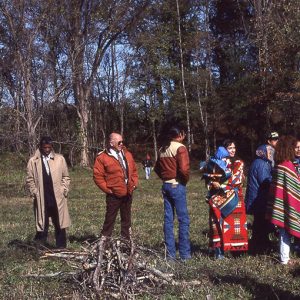 Quapaw Tribe Visiting Site
Quapaw Tribe Visiting Site




